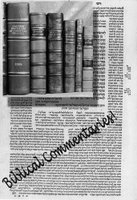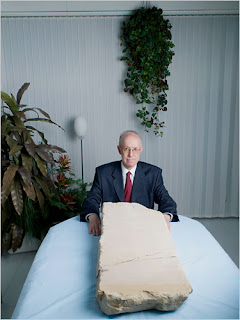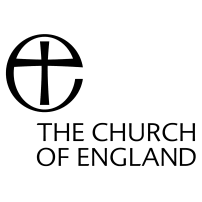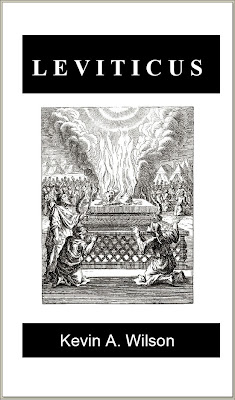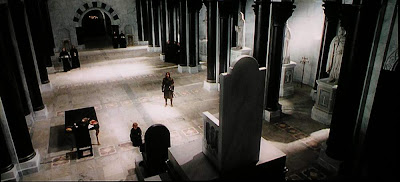All the discussion of "Gabriel's Vision" (see my
preceeding post) has focussed on the lines of the text relating to resurrection after three days. Perhaps equally interesting in my view is a much clearer (less-fragmented) section of the text, line 21, which references an anti-messiah figure. Though aware of it, Ada Yardeni’s original English translation had rendered line 21 in a way that hardly caught the biblical allusion: "ask me and I will tell you what this bad plant is." The word rendered "plant," however, is the Hebrew keyword
צֶמַח, which is symbolic language for the "Branch" / the Messiah. To his credit, Israel Knohl recognizes the biblical allusion and translates lines 21-22: "Ask me, and I shall tell you what is this wicked branch [
tzemakh]."
Given the importance of this keyword "Branch" in Zechariah (Zech 3:8; 6:12), the appearance of the language reinforces all the ties to Zechariah in the Gabriel's Vision text. It also suggests the authors of the vision were well aware of the logic of Zechariah, who speaks not only of a Messiah but also of the figure's archetypal
shadow, a coming "worthless" ruler who "devours flesh" and "tears off hoofs" (Zech 11:15-17). The mounting messianic fervor of Zechariah brought this shadow to consciousness. It seems very likely to me that the authors of Gabriel's Vision put two and two together and designated this shadow figure of Zechariah the "evil Branch," a term not specifically used in Zechariah.
Knohl notes a somewhat related reference to a "tree of evil" in a Qumran document that also mentions a Messiah (4Q Narrative A [4Q458]). Commenting on the nature of the "Evil Branch," Knohl writes, "The Antichrist is duplicitous, presenting himself as Messiah and Redeemer while actually being the devil’s spawn who comes to corrupt and lead astray."



